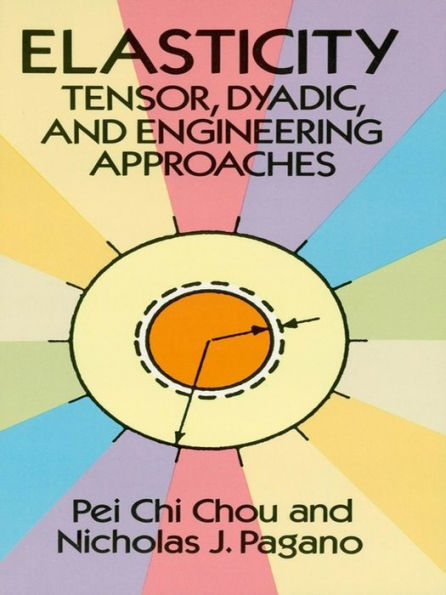5
1

Elasticity: Tensor, Dyadic, and Engineering Approaches
290
Elasticity: Tensor, Dyadic, and Engineering Approaches
290eBook
$12.99
$16.95
Save 23%
Current price is $12.99, Original price is $16.95. You Save 23%.
Related collections and offers
12.99
In Stock

Product Details
| ISBN-13: | 9780486136141 |
|---|---|
| Publisher: | Dover Publications |
| Publication date: | 02/06/2013 |
| Series: | Dover Civil and Mechanical Engineering |
| Sold by: | Barnes & Noble |
| Format: | eBook |
| Pages: | 290 |
| File size: | 16 MB |
| Note: | This product may take a few minutes to download. |
From the B&N Reads Blog
